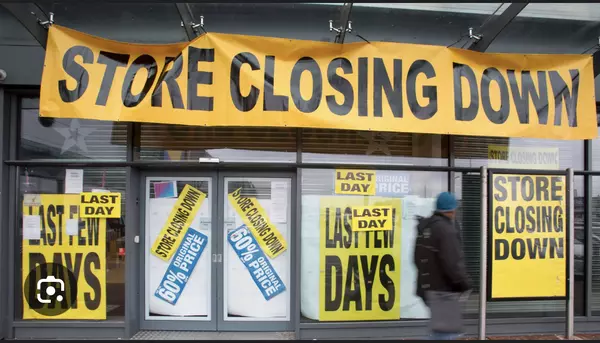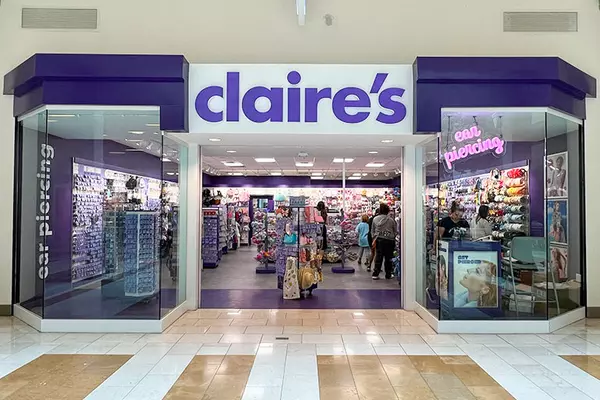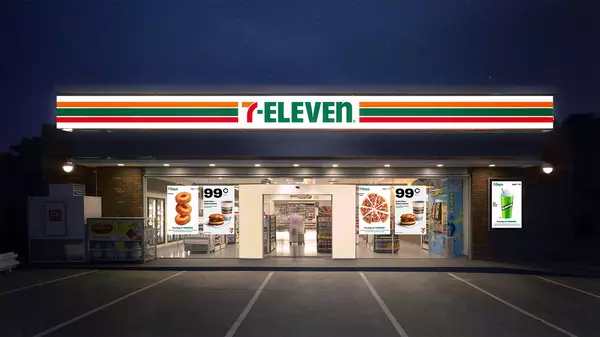The Great Retail Exodus: What 2025's Store Closures Mean for Real Estate

The American retail landscape is undergoing a seismic shift that real estate professionals can no longer ignore. As we move through 2025, the closure of brick-and-mortar stores has reached unprecedented levels, creating both challenges and opportunities for property investors, developers, and commercial real estate agents.
A Crisis of Historic Proportions
The numbers tell a stark story. Over 15,000 brick-and-mortar stores are expected to close nationwide in 2025—more than double the 7,000 that closed in 2024. This dramatic acceleration represents more than just a business trend; it's a fundamental reshaping of America's commercial real estate market.
The Casualties: Who's Closing for Good?
Several household names have permanently shuttered their operations in 2025, leaving behind empty storefronts and vacant lease agreements:
Party City, the go-to destination for celebrations and seasonal decorations, went out of business in February 2025. The closure of this party supply giant leaves significant gaps in strip malls and shopping centers nationwide.
JoAnn Fabrics, a crafting institution that served customers for eight decades, announced it's officially going out of business in February after 80 years in the market. This closure is particularly impactful given JoAnn's typical anchor tenant status in many shopping plazas.
Forever 21, once a mall staple that drew young shoppers to retail centers, is winding down operations in all of its U.S. stores. This closure represents a significant blow to already struggling shopping malls across the country.
The Downsizers: Major Chains Cutting Back
Even established retailers that aren't closing entirely are dramatically reducing their physical footprints:
Walgreens, the pharmacy chain that once seemed to occupy every corner, announced the closing of 1,200 stores total, with 500 locations expected to close in the 2025 fiscal year, reaching 1,200 total closures by the end of 2027. This represents one of the largest retail consolidations in recent history.
CVS Health is following suit, with 270 stores closing in 2025 as part of a restructuring plan, continuing their initiative to close up to 900 locations over several years.
Dollar General, despite being in the discount retail sector that typically weathers economic storms well, is shuttering another 370 stores in 2025, following 600 discount store closures announced in March 2024.
Other major retailers reducing their presence include Macy's, J.C. Penney, Kohl's, Starbucks, and Advance Auto Parts, all optimizing their operations by closing underperforming locations.
Understanding the Why Behind the Closures
These closures reflect ongoing challenges including shifting consumer habits, rising operational costs, and increasing competition from e-commerce. The pandemic accelerated the transition to online shopping, and many consumers haven't returned to their pre-2020 in-store shopping patterns. Additionally, rising rents, increased labor costs, and supply chain disruptions have made it increasingly difficult for retailers to maintain profitability across extensive store networks.
What This Means for Real Estate Professionals
The Challenge: Increased Vacancy Rates
With thousands of stores closing, commercial real estate markets are facing increased vacancy rates, particularly in:
- Strip malls and shopping plazas
- Regional shopping centers
- Downtown retail districts
- Standalone retail locations
The Opportunity: Adaptive Reuse Potential
However, these closures also present unique opportunities for creative real estate professionals:
Mixed-Use Development: Former big-box stores and department stores offer large, flexible spaces perfect for mixed-use developments combining retail, residential, and office space.
Healthcare and Services: Many former retail spaces are being converted to medical facilities, urgent care centers, and service-oriented businesses that benefit from accessible locations and ample parking.
Experiential Retail: The remaining retail space is increasingly focused on experiences that can't be replicated online—fitness centers, entertainment venues, and restaurants.
Warehouse and Fulfillment: Ironically, some former retail spaces are being converted to support the e-commerce boom that contributed to their closure, serving as last-mile fulfillment centers and pickup locations.
Looking Ahead: Preparing for a Changed Landscape
Real estate professionals must adapt their strategies to this new reality. Property values in retail-heavy areas may decline in the short term, but opportunities exist for those willing to think creatively about space utilization. The key is identifying which retail formats will survive and thrive, and positioning properties to serve the evolving needs of both businesses and consumers.
The great retail exodus of 2025 isn't just an ending—it's a transformation. For real estate professionals who can navigate this change effectively, the current disruption may well become tomorrow's opportunity.
The Bottom Line
The retail apocalypse is real, and it's accelerating. But within every challenge lies opportunity. The question isn't whether the retail landscape will change—it's how quickly real estate professionals can adapt to capitalize on the transformation that's already underway.
As we continue to monitor these developments, one thing is certain: the commercial real estate market of 2026 and beyond will look dramatically different from what we've known. The time to prepare for that future is now.
Recent Posts











